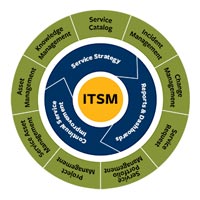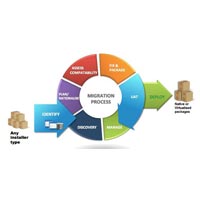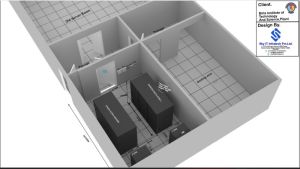






data center engineering
100,000 - 500,000 Per Site
1 Site (MOQ)
Designing a data center architecture is a complex task that involves multiple aspects, including the physical infrastructure, networking, security, and scalability. Here's an overview of the key components and considerations when designing a data center architecture: Location and Site Selection: Choose an appropriate location considering factors like proximity to users, disaster risk, and power availability. Ensure the site meets environmental regulations and has room for expansion. Building Design: Design the physical structure of the data center with considerations for cooling, power distribution, and security. Optimize the layout for efficient airflow and ease of maintenance. Power and Cooling: Plan for reliable power sources, including backup generators and uninterruptible power supplies (UPS). Implement efficient cooling systems to maintain optimal temperature and humidity levels. Hardware: Select server racks, cabinets, and cabling solutions that facilitate easy installation and maintenance. Choose high-quality servers, storage devices, and networking equipment. Networking: Design a robust and scalable network infrastructure, including core and edge switches, routers, and firewalls. Implement redundancy and failover mechanisms for network components to ensure high availability. Security: Implement multi-layered security measures, including physical security, firewalls, intrusion detection, and access controls. Employ security best practices to protect against data breaches and cyberattacks. Scalability: Plan for future growth by leaving room for expansion and ensuring that the architecture can scale seamlessly. Implement virtualization and cloud integration to increase flexibility. Redundancy: Design with redundancy in mind to eliminate single points of failure, including redundant power supplies, network connections, and backup systems. Monitoring and Management: Implement a comprehensive monitoring and management system to track the health and performance of all components. Use data center infrastructure management (DCIM) tools for efficient resource allocation and capacity planning. Compliance: Ensure compliance with relevant industry standards and regulations, such as HIPAA, GDPR, or PCI DSS, based on the data being stored and processed. Disaster Recovery: Develop a robust disaster recovery plan that includes off-site backups and a secondary data center for failover. Documentation: Maintain detailed documentation of the data center architecture, including schematics, configurations, and procedures for troubleshooting and maintenance. Accessibility and Accessibility: Ensure that the data center is easily accessible for maintenance and repair while maintaining appropriate physical security measures. Green Initiatives: Consider energy-efficient technologies and practices to reduce the data center's environmental footprint. Budget and Cost Management: Create a comprehensive budget that considers initial construction costs, ongoing operational expenses, and future upgrades. Data center architecture can vary greatly depending on the specific needs of the organization, whether it's a small enterprise, a cloud provider, or a large corporation. It's essential to work with experts in data center design and consult industry best practices to create an architecture that meets your requirements for performance, reliability, and security